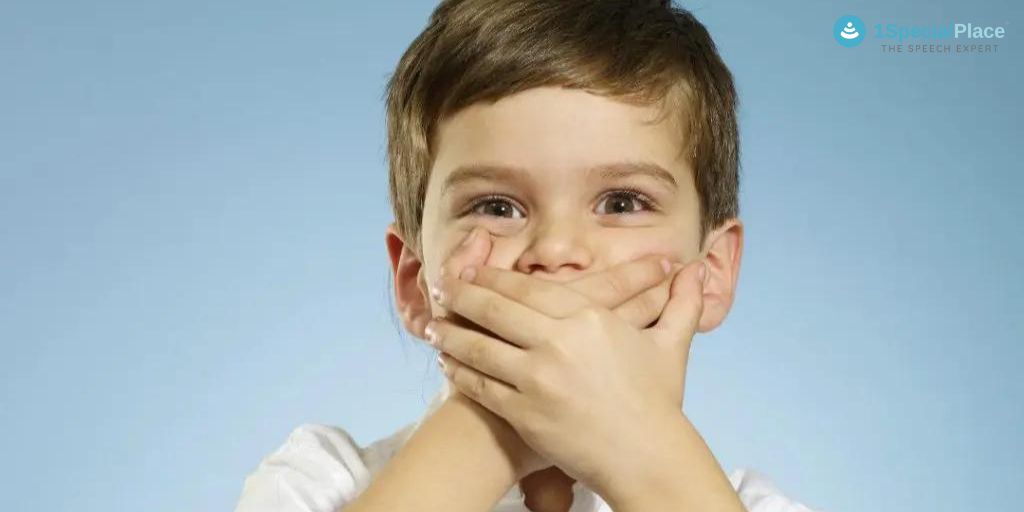
Normal Non-Fluency and Stuttering
Normal Non-Fluency and Stuttering
This blog is about normal non-fluency and stuttering. Let’s first try to understand our speech. Firstly, our speech develops as we grow. Secondly, typical kids learn to say words by 1 year of age. Further, speech-language development continues as one grows. Language refers to the linguistic aspects of communication. Similarly, speech refers to the qualitative aspects of communication.
Human Speech System
So, let’s talk about the aspects of speech. Human speech consists of the below;
- Fluency
- Voice
- Resonance
- Articulation
- Suprasegmental aspects
Disruption in any of this can cause a speech disorder. Hence, we will only talk about Fluency in this blog. Therefore, fluency of speech is the continuity and effortless flow of speech. Further, a fluency disorder is a disruption in this flow. This can be a normal non-fluency or stuttering disorder. So, read on for more on normal non-fluency and stuttering.
What is normal non-fluency?
Normal Non-Fluency is seen in young kids. Further, between 2-3 years of age. By 2 years of age. The intensive language learning stage begins. So, during this time, fluency disruptions are seen. Further, this is because kids are learning to talk. That is to put words together. So, often they fumble.
Signs of Normal Non-Fluency
Normal non-fluency includes the below;
- Using extra words or fillers in speech (For example, I want umm umm cake)
- Changing the word in phrases (For example: Look car..Look truck is here)
- Repeating sounds or words (For example I I ..want cookie)
- Present only once or twice in 100 words.
- Mostly, repetitions are common.
- There is no muscle tension or struggle.
During the stage, kids are relaxed when they talk. There is no sign of struggle. Also, awareness of disruptions is absent. Further, the incidence of the disruption changes. Sometimes, it is absent. It is present when a child is excited or emotional. Often it is absent for several weeks and appears again.
Do children grow out of normal non-fluency?
Yes, often children grow out of this stage. As their language skills improve, they are more fluent. Wait and watch for 6 months. That is for this stage to pass. Meanwhile, if the disruptions become frequent. Also, more severe. Hence watch out. Consult with a Speech Therapist immediately.
What is Stuttering?
Stuttering is a disruption of the flow of speech. Any stoppage in the flow of speech is stuttering. Children and adults can have stuttering. It may become severe over time if not treated. 95% of stuttering develops during childhood. If left untreated, it may become severe.
Red Flags of Stuttering
The following are the signs/ red flags that you should watch for:
- Frequent repetitions of sounds, syllables, words (For example I I I I want water)
- Prolongation of sounds (For example Caaaaaan.. I have bread?)
- Blocks (Inaudible or fixation of the jaw)
- Usage of fillers (For example I ummm need ummm paper ummm pencil)
- Awareness of speech disorder in the child or adult
- Avoids speaking
- Physical tension (For example jaw jerks, hand and leg movements, eye blinking, fidgeting)
- Escape behavior in talking situations
- Disruptions once or twice in every phrase that is spoken.
- Emotional outbursts due to inability to talk.
If your child has any of these signs, consult today. Stuttering will not resolve by itself. Further, it may increase in severity. Early in the treatment, the better it is.
Do children outgrow stuttering?
No, children and adults do not outgrow stuttering. Hence, consult a Speech Therapist. Especially if you notice the above signs.
Assessment and Treatment of stuttering
What to expect: Assessment
Assessment is conducted by a Speech Therapist. A detailed fluency test is done. You can expect the following:
- Relevant medical and history of the person/ child
- Consultation with family members. To discuss the fluency breakdowns
- Real-Time Analysis of the disfluencies in speech.
- Recording and analysis of speech sample.
- Assessment of communication
- Psychological assessment for emotional status
- Determination of individual strength and coping strategies
- Diagnosis of the fluency disorder
What to expect: Treatment
Treatment depends on the diagnosis and the severity of stuttering. Your Speech Therapist will define a treatment plan. It varies for adults and for kids. Overall, there are two main approaches to treatment.
- Direct Approach (For children and adults)
- Indirect Approach (Used mostly for young children)
Therapy sessions will focus on improving the fluency of speech. Further, emotional status and the naturalness of speech will also be worked upon. Eventually, the therapist will work with the child/ adult. Also, the parent is included.
It is important to work as a team to obtain the best therapy outcome.
Tips for Parents:
- Do not wait and watch, consult a therapist to rule out stuttering today.
- Don’t rush your child.
- Never interrupt them while they talk.
- Do not overburden your child with questions.
- Be more patient.
- Pay attention and eye contact when you talk.
- Give them time to bond with you.
- Listen to what your child wants to say.
- Payless focus on how they talk. Instead, focus on what they are saying.
- Encourage their attempts to speak.
- Make them feel comforted and safe.
- Ensure them it’s ok to have a bump in their speech.
- Get them the right help from a Speech Therapist.
- Work hand in hand with the therapist.
Remember to consult a Speech-Language Therapist if you’re concerned about your child’s speech. Do not wait and watch!
Please drop us a comment if you liked the article. Hope you gained some insights into Normal Non-Fluency and Stuttering.
- Tele-Speech Remediation of Stuttering: A Case Study - April 22, 2023
- Voice Changes During Puberty in Teenagers - April 11, 2023
- Vital Stim Therapy for Swallowing Difficulty - April 4, 2023

Leave a Comment
(0 Comments)